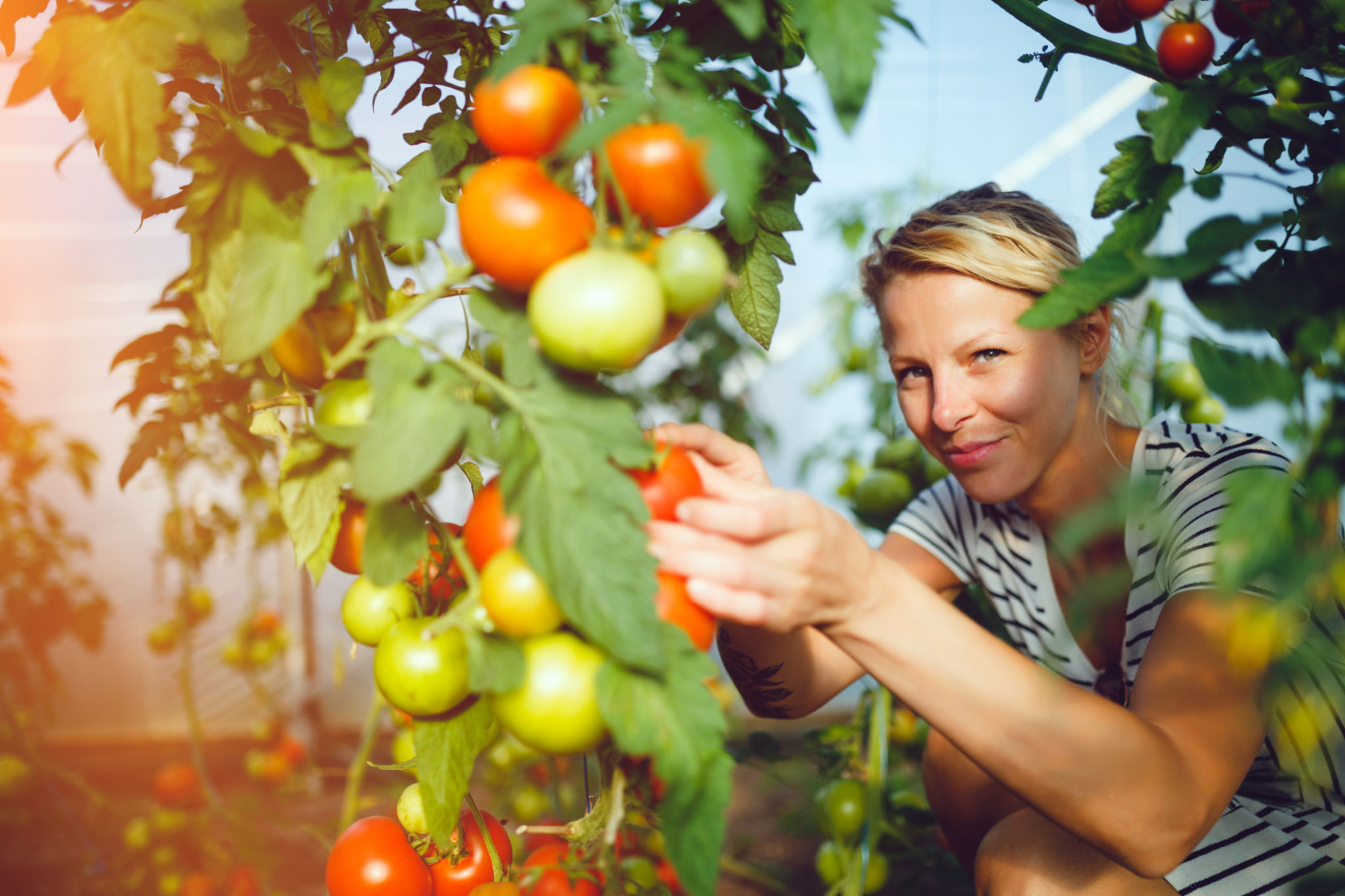How to Improve Greenhouse Yield with Agronomic Support in Ghana
Understanding Agronomic Support
In the quest to boost greenhouse yield in Ghana, agronomic support plays a pivotal role. This support encompasses a range of practices designed to optimize plant growth and productivity. By understanding these strategies, farmers can significantly enhance their crop yield, leading to increased profitability and sustainability in agricultural ventures.
Agronomic support involves the application of scientific knowledge to improve crop management practices. It includes soil management, pest control, irrigation techniques, and the selection of appropriate plant varieties. By leveraging these aspects, farmers can create an optimal environment for plant growth within greenhouses.

Enhancing Soil Fertility
One of the foundational aspects of agronomic support is ensuring that the soil is fertile and conducive to plant growth. In Ghana, this often involves soil testing to determine nutrient levels and deficiencies. Based on the results, farmers can apply the right fertilizers or organic amendments to enrich the soil.
Furthermore, incorporating practices such as crop rotation and cover cropping can help maintain soil health. These practices prevent nutrient depletion and improve soil structure, which is essential for healthy root development and nutrient uptake by plants.
Pest and Disease Management
Effective pest and disease management is crucial in maintaining high greenhouse yields. Integrated pest management (IPM) is a strategy that combines biological, cultural, mechanical, and chemical tools to manage pest populations in an environmentally friendly way.
Incorporating beneficial insects, like ladybugs or predatory mites, can help control pest populations naturally. Additionally, regular monitoring and the use of disease-resistant plant varieties can reduce the incidence of diseases, thereby protecting crops from potential losses.

Irrigation Management
Water is a vital resource in agriculture, and its efficient use is crucial in greenhouse farming. Implementing advanced irrigation systems such as drip or sprinkler irrigation can ensure that plants receive adequate moisture without wastage.
In Ghana, where water scarcity can be an issue, these systems help conserve water while providing consistent hydration to crops. Moreover, scheduling irrigation based on plant needs and environmental conditions can further optimize water usage and enhance plant growth.
Choosing the Right Plant Varieties
Selecting the appropriate plant varieties is essential for maximizing greenhouse yields. Farmers should consider factors such as climate adaptability, growth rate, and resistance to local pests and diseases when choosing crops.
By consulting with agronomists or agricultural extension officers, farmers can identify high-yielding varieties that are well-suited to Ghana's climatic conditions. This strategic selection can lead to more robust harvests and improved economic outcomes.

Implementing Technology in Greenhouses
Technology plays a transformative role in modern agriculture. Integrating technology within greenhouses can provide farmers with valuable insights into plant health and environmental conditions.
For instance, sensors and monitoring devices can track temperature, humidity, and soil moisture levels, allowing for real-time adjustments to maintain optimal growing conditions. Such technological advancements are instrumental in enhancing yield efficiency and reducing resource wastage.
Conclusion
Improving greenhouse yield in Ghana through agronomic support requires a comprehensive approach that combines soil fertility management, pest control, irrigation efficiency, strategic plant selection, and technology integration. By adopting these practices, farmers can not only increase their productivity but also contribute to sustainable agricultural development in the region.
The journey towards improved yields is a continuous process of learning and adaptation. With the right agronomic strategies, Ghanaian farmers can pave the way for more resilient agricultural systems that benefit both local communities and the broader economy.
